Western Australian solar window company ClearVue said the results from its Murdoch University greenhouse trials, running for a year now, are strong and demonstrate the readiness of the company’s product for commercial applications.
With higher than expected power generation and thermal value – effectively insulation quality – the trials which were set up to prove the viability of solar windows have done just that.
Well timed, the company is actually already installing its solar window glaze technology at a commercial greenhouse in Japan via its licensed distributor, Tomita Technologies.
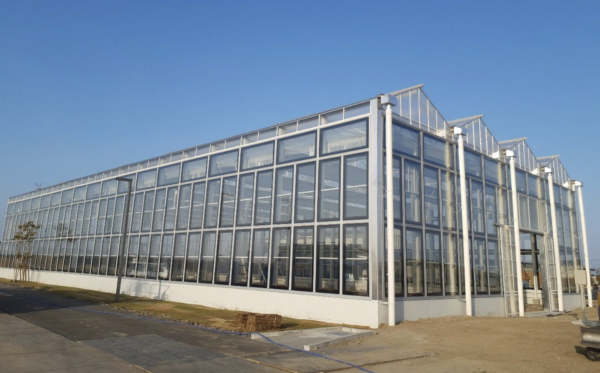
ClearVue
The greenhouse at the Aqua Ignis Hot Springs tourism resort in Sendai City, Japan will be used to supply produce for the resort. Completion of the solar glazing there is expected over the coming weeks, ClearVue said, with overall completion of the greenhouse and its opening anticipated within the next months.
Murdoch greenhouse trials
Back to the Murdoch trials in Western Australia, the company has said Stage 1 is now complete with Stage 2 already getting underway. To that end, ClearVue said it has made “significant upgrades” to the greenhouse systems as part of the second phase and the aim now is to find the “optimum balance” between power generation, thermal efficiency, water savings and maximising plant growth across a wide range of species through adjustment to photosynthetically active radiation light.
The Murdoch greenhouse comprises of three ClearVue glazed rooms and one control room which acts as a baseline from which to measure the performance of the ClearVue product. Of the three ClearVue rooms, one uses the current commercially available ClearVue glazing product while the third and fourth rooms are variants of that product using different amounts of nano- and microparticles to look at optimisation of power generation and impact on plant growth dynamics.
According to the findings, the ClearVue product generated 5.3 MWh of solar energy over the year from April 19, 2021 to now.
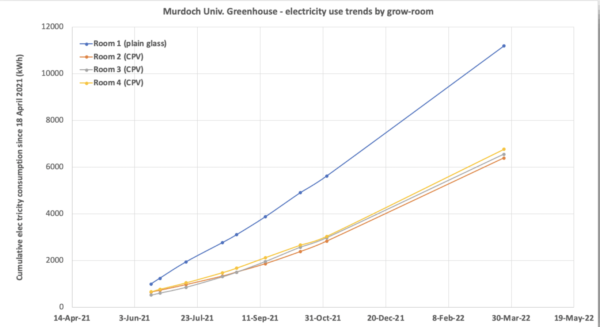
The solar windows also displayed strong insulative or thermal value, proving to be around 2˚C warmer overnight and slower to heat up in the morning. This has a double benefit by minimising electricity usage in the greenhouse, making it more efficient – a feature ClearVue has previously pointed out will be advantageous in the high rise building market it is targeting.
“The results from the ClearVue Greenhouse at Murdoch have demonstrated the power performance of the ClearVue’s PV glazing both as a power source for the project but also as a significant contributor to energy reduction within the operation of commercial greenhousing where growers are willing to invest into a long-term capital asset that can pay itself back – both financially and from a carbon perspective – something no other greenhouse covering product on the market can offer today,” ClearVue’s Executive Chairman Victor Rosenberg said.
“The recent upgrades made to the greenhouse will offer an even greater insight into the role the ClearVue glazing can play in commercial greenhousing,” he added.
“Whilst the results show that we still have a little work to do in finding the optimum balance between power generation, minimal water use, and optimised light conditions for maximum plant growth – we are confident that we are close to finding this equilibrium point and are looking forward to working with the Murdoch team on the Stage 2 plant science trials but also with Tomita on the commercial greenhouse at Sendai in Japan to round out this work.”

Daniel Carson | dcimages.org
“The Tomita Technologies greenhouse installation is itself progressing very well and will in addition to offering a commercial greenhouse as a reference point it will also serve as a good demonstration of larger sized ClearVue PV glazing performing in a cold-climate real-world setting. We very much look forward to the finalisation of this exemplar project and its opening in the coming months.”
This content is protected by copyright and may not be reused. If you want to cooperate with us and would like to reuse some of our content, please contact: editors@pv-magazine.com.

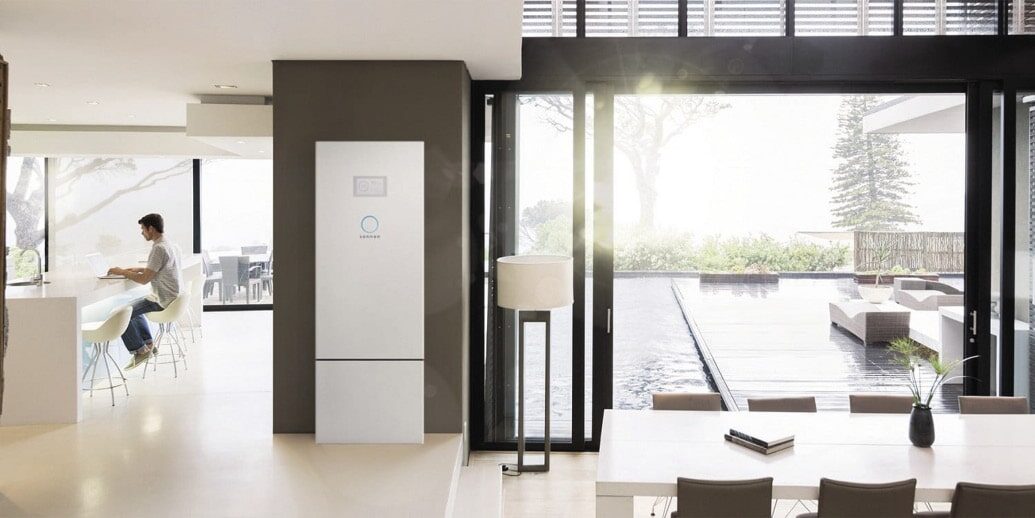


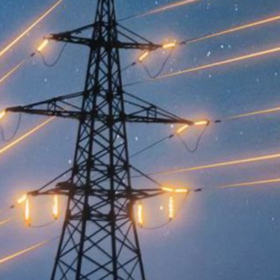
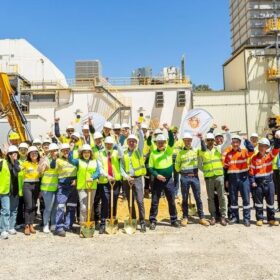
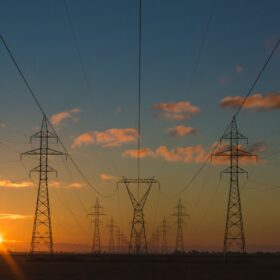
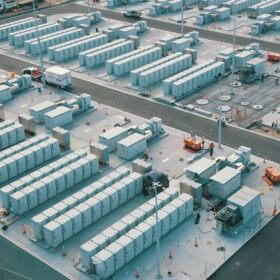
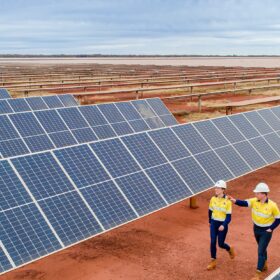
sounds good but doesn’t it depend on the comparative cost of the greenhouse panels over normal panels. It might be cheaper to have a PV array on the ground beside the hothouse and feed the special lighting from this PV power station. Intuitively you would expect the south wall to be contributing next to nothing yet you would probably have to install the Special panes just to enjoy the extra insulation. Cost needs to be mentioned ib articles like this. Remember that this is at the end of a years trial so the relative costs must be known with reasonable accuracy. Even if the cost is not well determined its important enough to give it a sentence or two.
Hi Graham, thanks for your comment. Pricing is a good question, and I don’t know the answer – no information on pricing was included in the release but I have followed up with the company and will update you once I know more. I think it’s worth pointing out though that greenhouses are far from the only market ClearVue is targeting with its solar glass. I believe Victor Rosenberg is longterm eyeing the building/construction market for ‘future city’ high rises. In which case, the point of solar windows is because of limited space. Which is simply to say that I don’t think the company is trying to compete with traditional pv panels but rather develop a new, and as of yet, untapped market.